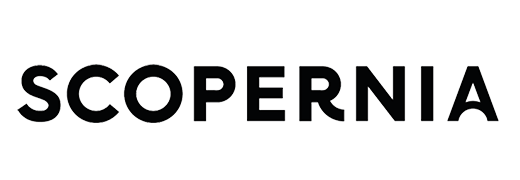Proximus
Digital Maturity Assessment
Context
Objectives
- Create awareness about the impact of digital and the need for digital skills within ten divisions of CBU (Consumer Business Unit) and CUO (Customer Operations).
- Assess the digital readiness of our target group, level 1 employees in said divisions (totalling over 900 employees), both in their mindset towards digital as in their digital proficiency on the job.
- Provide a list of recommendations for training based on the digital readiness of the employees to increase the overall digital readiness within Proximus.
Our approach
To start off, we organised an introduction workshop with the division heads during which we focused on creating awareness, bringing inspiration and showcasing the impact of digital innovation in the telecommunication industry on Proximus. Through the use of our methodology, we assessed the impact of digital on Proximus’ product & business model, customer relationship, market& competition and internal organization. The identification of opportunities and threats allowed us to create a high-level strategic frame and common language amongst the division heads, that formed the base for the rest of the track.
We then used the same evidence of disruption we showed the division heads to organize a road show through the ten divisions of our target group. It was paramount to us to involve all the employees and immerse them in the world of digital. During this road show, we gave inspiring keynotes to all the level 1 employees that were immediately followed by a group exercise, allowing them to actually speak up. This group exercise was aimed at making each employee determine for him- or herself which trend would be most important for Proximus in the next 3 to 5 years, as well as a reflective question on the digital skills that would be needed to successfully master these trends.
The next step was to assess the digital readiness of our target group. Each employee would receive two surveys after they attended the road show sessions: one inquiring about the use of digital in their private life (which was the same for all divisions, using the standardized Scopernia methodology and scoring) and one inquiring about the use of and insight in digital for their job, as well as their overall mindset towards available tools and the added value of technology. This second survey was tailored to each division, which is why we held one-to-one meetings with division heads to determine the focus and topics that would be featured in the second survey.

